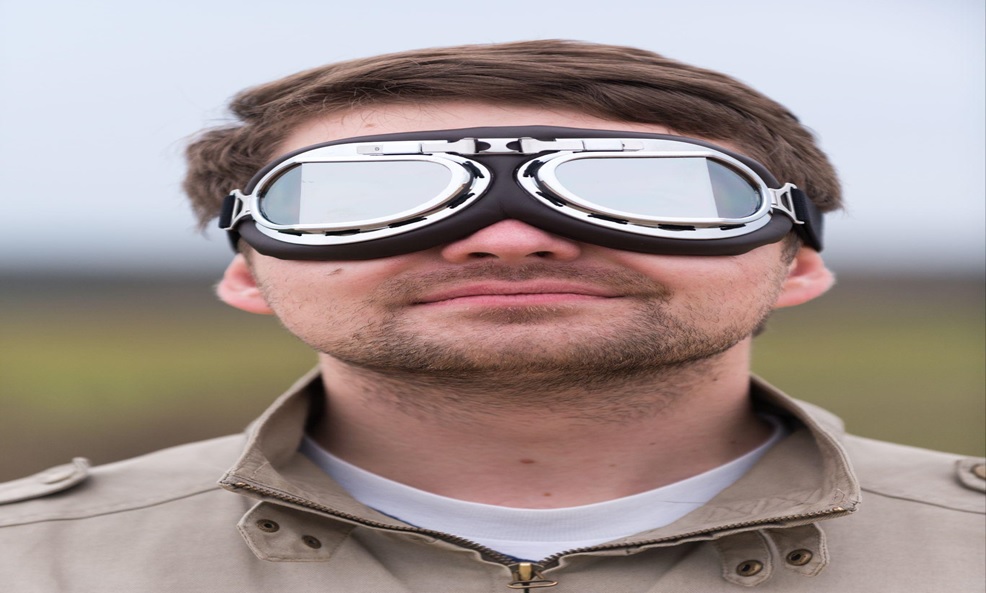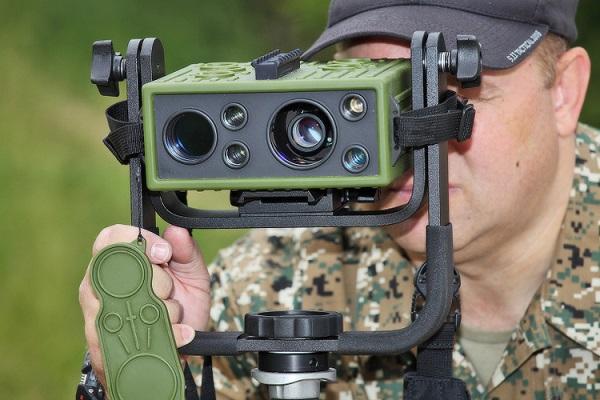
Optical systems are pivotal in modern defense strategies, providing enhanced situational awareness, precision targeting, surveillance, and communication. From night vision goggles used by soldiers to sophisticated missile guidance systems, optics for defense are indispensable in both combat and surveillance operations. These advanced systems integrate optical technologies, including lenses, sensors, and cameras, to ensure seamless functionality in critical environments. With the growing complexity of modern warfare, the demand for precision optics continues to grow, placing aspheric lenses and other high-performance optical components at the forefront of defense innovation.
Types of Optical Systems in Defense
Aspheric lenses meaning in defense applications can be broadly categorized based on their function. Each system is tailored to address specific military needs, enabling defense forces to operate effectively in complex environments.
Surveillance Systems: Surveillance technologies like drones and long-range cameras rely on high-quality optical lenses to monitor enemy movements. These systems enable real-time intelligence gathering, which is essential for border security and threat detection.
Targeting and Guidance Systems: Precision-guided munitions (PGMs) and missile guidance systems incorporate advanced optics to achieve high accuracy. Laser designators and infrared sensors ensure that weapons lock onto and track targets with minimal error.
Night Vision and Thermal Imaging: Night vision devices amplify low-light conditions, allowing soldiers to see in darkness. Similarly, thermal imaging systems detect heat signatures, identifying objects and individuals based on their temperature, even in complete darkness or obscured conditions.
Communication Systems: Laser-based communication systems use optical components to transmit data securely between ships, aircraft, or ground stations. These systems are less prone to interference than traditional radio-based communication, offering enhanced security in sensitive operations.
Optical Countermeasures: Optical countermeasures are designed to deceive or disable enemy optical systems. Techniques include laser blinding and smoke screens, which disrupt the effectiveness of hostile surveillance or targeting systems.
The Role of Aspheric Lenses in Defense Applications
Aspheric lenses are an essential component in many defense optical systems. These lenses differ from traditional spherical lenses by having surfaces that change curvature across the lens, which helps reduce optical aberrations. The meaning of aspheric lenses lies in their ability to improve focus, clarity, and image quality while reducing the weight and size of optical assemblies—critical factors for defense equipment.

Aspheric lenses are particularly valuable in night vision devices, drone cameras, and missile guidance systems. Their lightweight nature makes them ideal for portable devices, such as rifle scopes and binoculars, where reducing bulk is crucial for soldier mobility. Furthermore, these lenses enhance the precision of long-range imaging systems by minimizing distortions, ensuring sharp images even at the periphery of the field of view.
Advantages of Optical Systems for Defense
Enhanced Situational Awareness: Optical systems provide continuous monitoring and tracking capabilities, giving defense forces a real-time view of the battlefield or operational area.
Improved Targeting Accuracy: Advanced optics integrated into missiles and guided weapons ensure that targets can be engaged with minimal error, reducing collateral damage and mission risks.
Stealth and Secure Communication: Laser-based communication systems enhance the stealth capabilities of military operations by transmitting data through secure optical channels.
Operational Versatility: Optical systems such as night vision and thermal imaging enable defense personnel to operate in diverse environments, including low visibility and extreme weather conditions.
Portability and Lightweight Solutions: Modern optics, including aspheric lenses, contribute to lightweight designs, improving the mobility and effectiveness of soldiers in the field.
Challenges in Deploying Optical Systems for Defense
Despite their many advantages, optical systems in defense also present certain challenges:
Cost of Development and Maintenance: Defense-grade optical systems require high precision, making them expensive to develop, test, and maintain.
Vulnerability to Environmental Factors: Optical components can be affected by dust, moisture, and extreme temperatures, necessitating rugged designs and protective coatings.
Complex Integration: Optical systems often need to be integrated with other technologies, such as GPS and radar, to function effectively, requiring complex engineering solutions.
Countermeasures by Adversaries: As optical technology advances, so do countermeasures. To compromise defense optics, adversaries may develop jamming techniques, laser blinding weapons, or optical spoofing systems.
Conclusion
Optical systems have become a cornerstone of modern defense, providing crucial advantages in surveillance, targeting, communication, and night operations. Advanced components like aspheric lenses play a vital role by offering improved optical performance while reducing size and weight, making them indispensable in various military applications. As optics for defense continue to evolve, they will enable armed forces to operate with greater precision, efficiency, and security in the most challenging environments. With ongoing advancements in optical technology, the future of defense operations is set to be more innovative and effective than ever.






